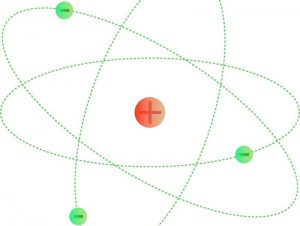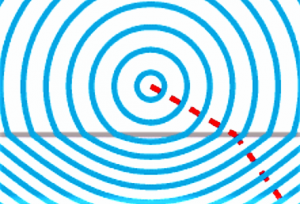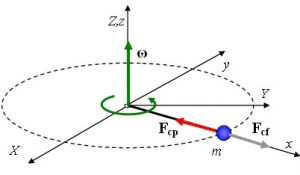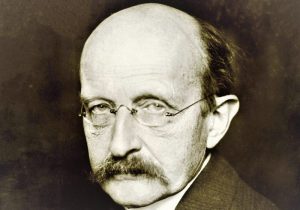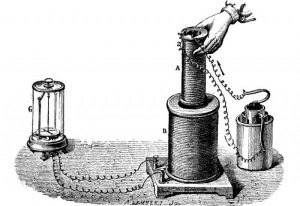Centripetal force
We find the centrifugal force every day and at every moment of our daily lives. We experience it when we turn a corner in an automobile or when an airplane leans towards a turn, these are typical examples of it. Some people may confuse the centripetal force with its counterpart, the centrifugal force, because they are so closely related. However, they are different, the centripetal force is defined as, the component of force that acts on a body in curvilinear motion that is directed toward the center of curvature or axis of rotation.
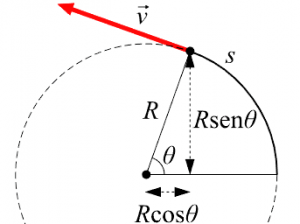
- Unit: Newton
- Symbol: N
- Formula: F = - (m·v2/r) ur = - m·w2·r = m·a
What is centripetal force?
It is when some object that describes a circular trajectory by force situations that is exerted by the one who does the action, has the sensation of being taken to the interior of the center of the circumference that is described.
About centripetal force
Centripetal force is a system that works when a given object moves in a curvilinear direction. This type of force will act perpendicular to the direction, in this case, gravity will operate as an opposite agent, since, if the speed changes, a changing centrifuge will be applied to the object that will help keep the path simply uniform.
The etymology of the word tells us that the word comes from the term “Centripetal” which comes from the combination of “centrum” word that refers to the center of the vortex and “petere” that means “to go towards”, that is to say, to go towards the center.
How it is calculated
In order to calculate the centripetal force, a formula is used
F = – (m·v2/r) ur = – m·w2·r = m·a
a = – w2·r
Where:
- F: centripetal force. The newton (N) is the unit of measurement in the International System (I.S.).
- m: Mass of the body. The kilogram (kg) is the unit of measurement in the International System.
- v: velocity module. It is measured in meters per second (m/s).
- ur: radial unit vector
- r: radius of the circular path
- w: angular velocity measured in rad/s
- a: centripetal acceleration measured in m/s²
Units
The units used to measure the magnitude of acceleration are the following:
- International System: m/s2
- CGS: cm/s2
The centripetal force is measured in newton (N).
Applications of centripetal force
Centripetal force is generally used in laboratory centrifuges. Here, particles suspended in a liquid are separated from it by accelerating the oriented tubes so that, heavier particles are directed to the bottom of the tubes.
While centrifuges usually separate solids from liquids, they can also fractionate liquids, such as in blood samples or separate gas components. Gas centrifuges are used to separate the heavier isotope uranium-238 from the lighter isotope uranium-235. The heavier isotope is attracted to the outside of a rotating cylinder. The heavy fraction is rotated and sent to another centrifuge.
A liquid reflector telescope can be made by rotating a liquid reflective metal, such as mercury.
Importance
The centripetal force is very important because they put and help the objects or bodies to which the forces are being applied to achieve equilibrium and at the same time, helps to solve different problems with equations.
Difference between centripetal force and centrifugal force
Centrifugal force is the tendency of an object to follow a curved path away from the center of the same curve. Basically, this is not really a force, but rather a result of inertia, which is the tendency of an object to resist change whether it is moving or not.
Centripetal force is a real force that has the ability to counteract the centrifugal force and prevent the body in question from “flying away” because it keeps it moving at a constant speed and with a circular trajectory.
Examples
Some examples of centripetal force are the following:
- An object that swings on a string. Here, the tension on the rope provides the centripetal “pull” force.
- The force with which the Sun can attract the Earth. This force is responsible for the circular movement of the Earth around the Sun.
- When we attach a ball with a rope and spin it in a circle at a constant angular velocity. The ball moves in a circular path because the rope exerts a centripetal force on it.
- On a roller coaster, the cart turns completely and at that moment the centripetal force is provided by the weight of the cart and the passengers.
- A sling in this case, the centripetal force is transmitted by the straps that hold the stone.
How to cite this article?
Briceño V., Gabriela. (2019). Centripetal force. Recovered on 23 February, 2024, de Euston96: https://www.euston96.com/en/centripetal-force/



